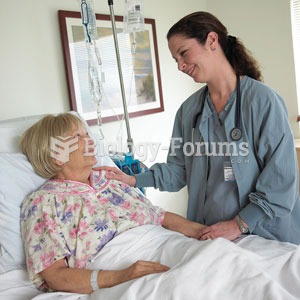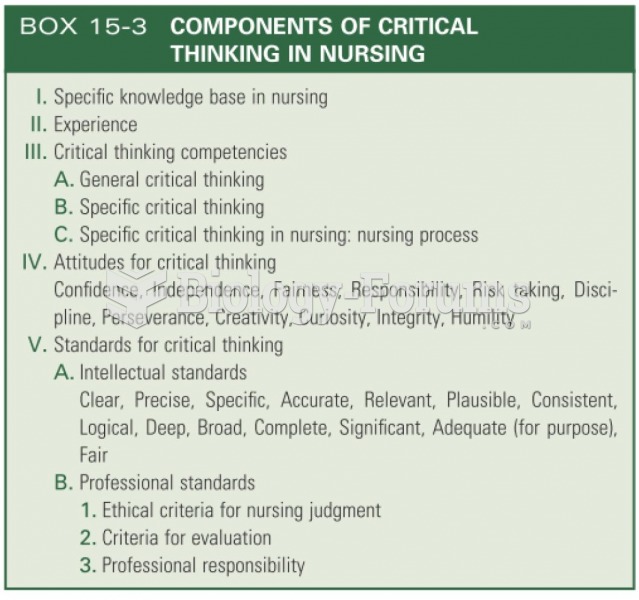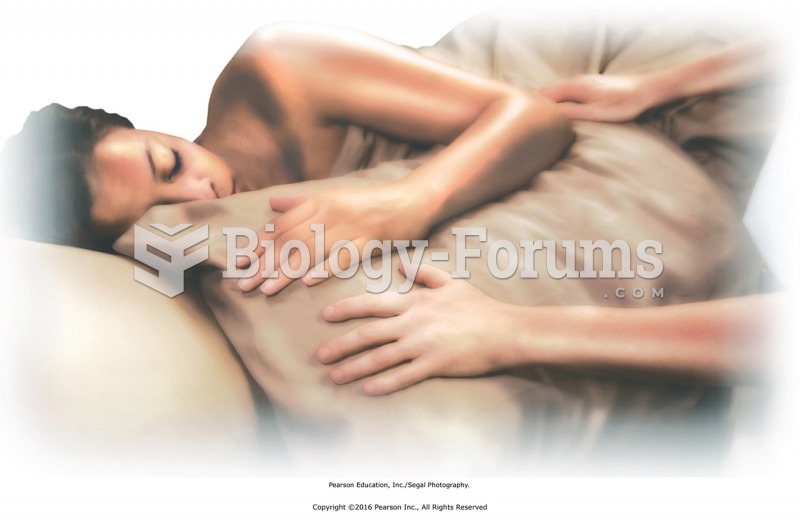Answer to Question 1
C
Documentation provides a legal record of patient care to protect the patient, organization, and nurs-ing/medical practitioners. DeLaune & Ladner's (2011) nursing checklist for documentation provides a good foundation to assist nurses in understanding what reviewers are looking for when they review a chart for specific nursing-related information. Some of the items on this checklist include: 1) can the assessment data that triggered the nursing diagnosis be identified?; 2) when the defining characteristics of a specific nursing diagnosis are compared to the patient's presenting signs and symptoms, is there supporting evidence?; 3) were critical questions asked during the patient interview?; and 4) did the nurse use the data obtained from both the interview and physical assessment in establishing the diagnosis? While ensuring that all charges documented are reasonable, and that nothing seems out of line are both important tasks, these actions are related more to fiscal concerns and are not listed in DeLaune & Ladner's checklist.
Answer to Question 2
B
Further teaching is needed when students indicate that the media should present nurses in roles that are
stereotypical. Some stereotypical roles would include nurses being subservient to physicians. The
media can best support nursing by acknowledging the anticipated nursing shortage, recognizing that
nursing is one of the largest, most trusted groups in health care, and showing nurses as competent
health care providers.







